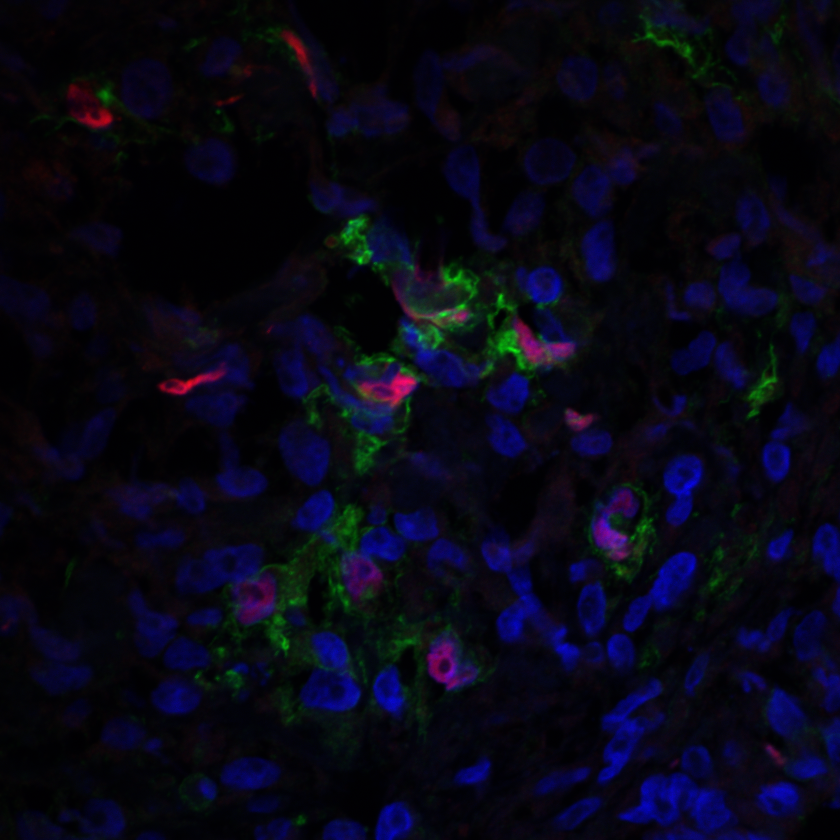Oogenesis is a complex molecular and cellular process through which precursor cells, called oocytes, develop into ova, i.e., mature egg cells ready for fertilization. Human oogenesis becomes functional only at puberty, but its roots reach far back, all the way to—and even primarily in—fetal life with the formation, multiplication and differentiation of primordial germ cells. Thus, the stock of oocytes is already present at birth, an aspect that greatly limits our understanding of the mechanisms active during this fetal development and vital for female fertility.
In the continuing quest to better understand these early phases of fertility development, iRCM's Laboratory of Development of the Gonads (LDG) employed human induced pluripotent stem cells (iPSC) to develop an in vitro model able to reproduce the developing human germline and oogenesis. With its model, published in Cells, the team successfully obtained human oogenesis-competent primordial germ cell-like cells in several days. Those cells were thus able in vitro to go through a number of the steps normally occurring in utero. The researchers used a transmembrane protein called podoplanin as a marker to isolate germ cells without genetic modification. This alternative thus avoided a long process of engineering and enabled screening among the pluripotent cells harvested from patients with sterility.

Podoplanin (green) is a surface marker for primordial germ cell-like cells (PGC-LCs) induced from human iPSCs. The PGC-LCs express Oct4 (red). Blue indicates cell nuclei. © LDG / iRCM
The LDG's results constitute an additional step toward an in vitro oogenesis model that, in time, may permit a better understanding of the formation of female gametes and the causes of female infertility. Going forward, in-depth transcriptomic and epigenomic evaluations will be needed to demonstrate the reliability of this in vitro oogenesis model.